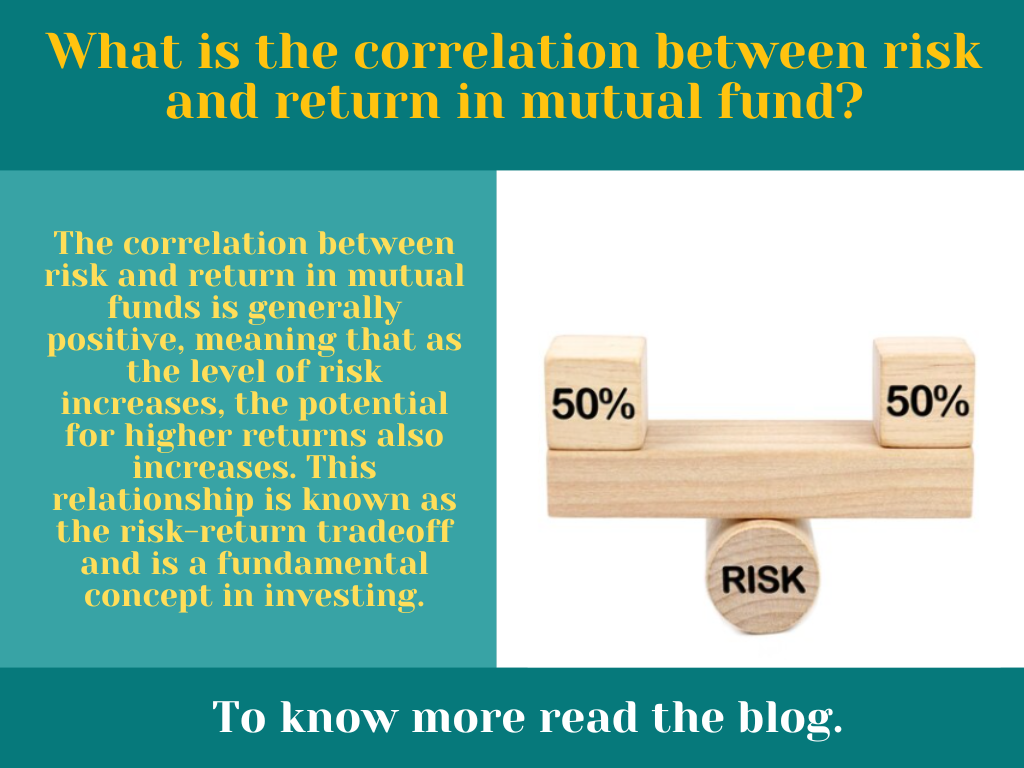What is the correlation between risk and return in mutual fund?
The correlation between risk and return in mutual funds is generally positive, meaning that as the level of risk increases, the potential for higher returns also increases. This relationship is known as the risk-return tradeoff and is a fundamental concept in investing.
Mutual funds invest in a diversified portfolio of securities, such as stocks, bonds, or a combination of both, with the goal of generating returns for their investors. Different types of mutual funds have varying levels of risk associated with them. For example, equity or stock funds tend to have higher levels of risk compared to bond funds, which are generally considered less risky.
The reason for the positive correlation between risk and return is that riskier investments have the potential for higher returns to compensate investors for taking on that risk. Investments with higher risk typically experience more significant fluctuations in value over time, which means that they can deliver substantial gains during favorable market conditions. However, they can also result in greater losses during market downturns.
It's important to note that while the risk-return tradeoff suggests that higher-risk investments have the potential for higher returns, it does not guarantee those returns. The performance of mutual funds is influenced by numerous factors, including market conditions, economic trends, and the specific securities held within the fund.
Investors should consider their own risk tolerance, investment goals, and time horizon when choosing mutual funds. It's generally recommended to have a well-diversified portfolio that aligns with your risk tolerance and investment objectives to balance the potential for returns with an acceptable level of risk. Additionally, seeking professional financial advice can be beneficial in determining the most suitable investment approach for your individual circumstances.


